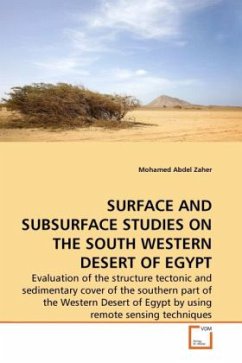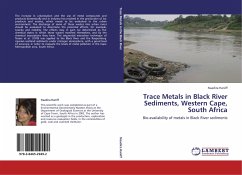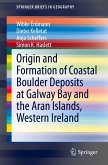The aim of this book is to delineate the major surface and subsurface structures and to evaluate tectonic framework of the study area. Surface studies of the present work are based mainly on two scenes of Landsat 7 Enhanced Thematic Mapper Plus (ETM+) centers; Path (172), Row (44/45) where the subsurface studies were done by using available data in the form of Bouguer gravity anomaly map scale 1:500,000 and the lithological logs of more than 120 deep wells scattered in the study area. The study aims to determine the thickness of the sedimentary cover with special emphasize on the thickness of sandstone facies within the main water bearing formations in the area. The predominant structures that affect the basement rocks and the sedimentary cover were also studies. The maximum thickness of sandstone formations is recorded at west Oweinat, southwest of Aswan, Dakhla oasis and west of Qena town. As this formation is the main water aquifer in the study area, therefore these locations are characterized by the presence of huge amount of ground water. Accordingly, these areas must be taking the priority in the programs of sustainable development in southern Egypt.








